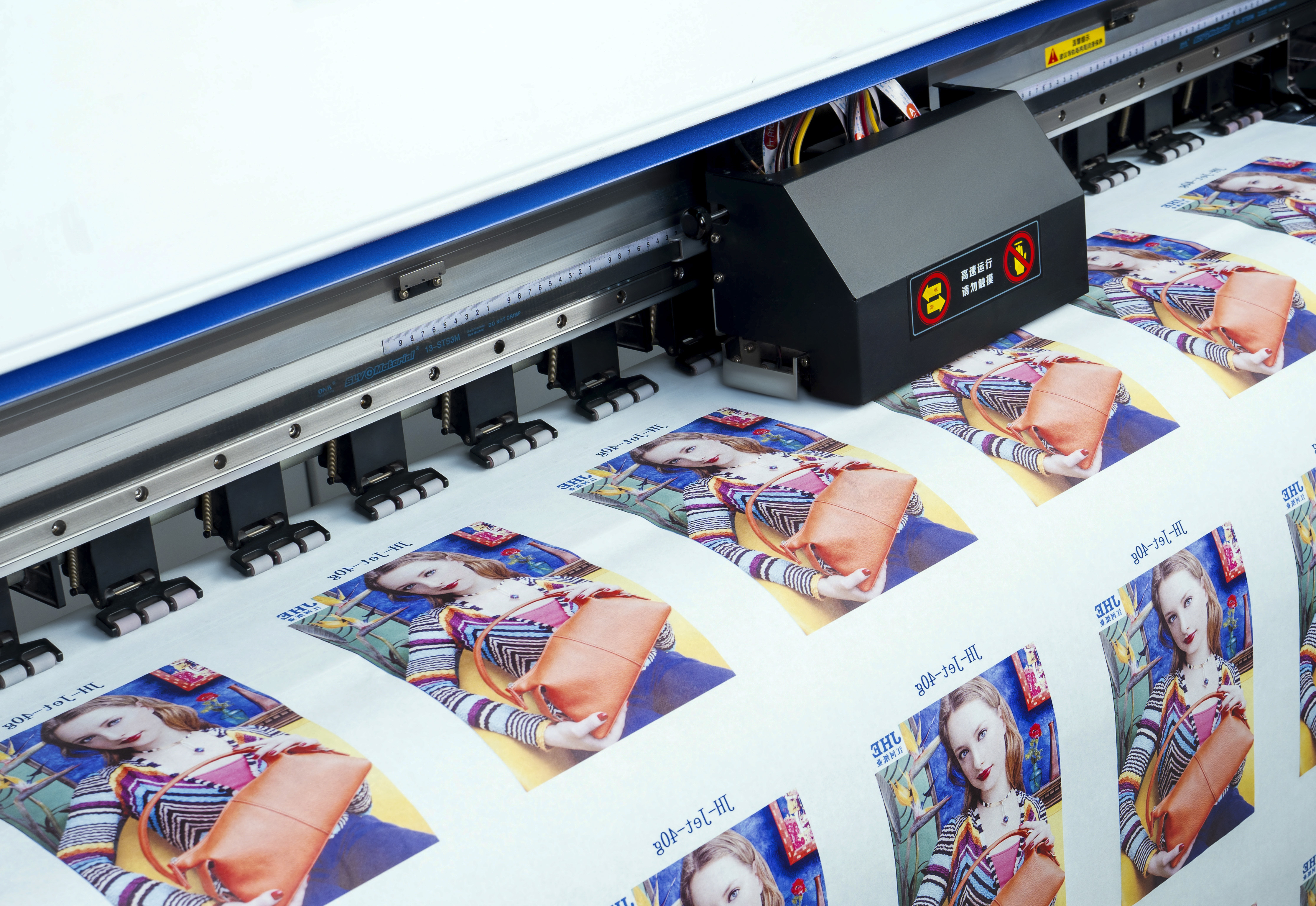
Exploring the World of Famous Publishing Paper: A Guide for Print and Packaging Enthusiasts
Release time:
2025-05-26
When it comes to the world of printing and publishing, the materials we choose can greatly impact the final product's quality and appeal. Among these materials, famous publishing paper plays a vital role in determining the aesthetics and functionality of printed materials. This article will explore the characteristics and types of well-known publishing papers, shedding light on their importance in the industry.

Famous publishing paper refers to a range of high-quality papers specifically designed for printing books, magazines, and other literature. These papers are renowned for their exceptional texture, brightness, and durability, making them ideal for achieving a professional finish. The choice of publishing paper can influence readability, color reproduction, and overall presentation. Some well-known types of publishing paper include coated, uncoated, and specialty papers, each serving different purposes in the printing process.
Coated papers, for instance, are treated with a clay or polymer coating that enhances their shiny finish and improves the vibrancy of printed colors. They are often used for magazines, brochures, and art books. The glossy surface helps to reflect light, making images and graphics stand out. On the other hand, uncoated papers, which are more porous, provide a natural feel and are frequently used for text-heavy publications like novels and academic journals. They tend to absorb ink better, resulting in sharper text clarity.
Specialty papers, another category of famous publishing paper, include a variety of textures and finishes that can add a unique touch to printed items. Examples include linen, laid, and felt-marked papers. These papers are often used for high-end publications or limited-edition prints, where the tactile experience of the paper can significantly enhance the product's perceived value.
The use of famous publishing paper extends beyond mere aesthetics; it also encompasses sustainability considerations. Many publishers are now opting for eco-friendly paper options, made from recycled materials or sourced from responsibly managed forests. This shift reflects a growing awareness of environmental issues and a commitment to sustainable practices in the printing industry.
In conclusion, the choice of famous publishing paper is a critical decision for anyone involved in the printing and packaging industry. Understanding the different types of papers and their characteristics can help you make informed decisions that elevate the quality of your printed materials. Whether you're looking to make a lasting impression with a stunning magazine or ensuring the clarity of your novel's text, the right publishing paper can make all the difference. By selecting high-quality materials, you contribute not only to the aesthetics of your work but also to the sustainability of the industry as a whole.
HOT NEWS

